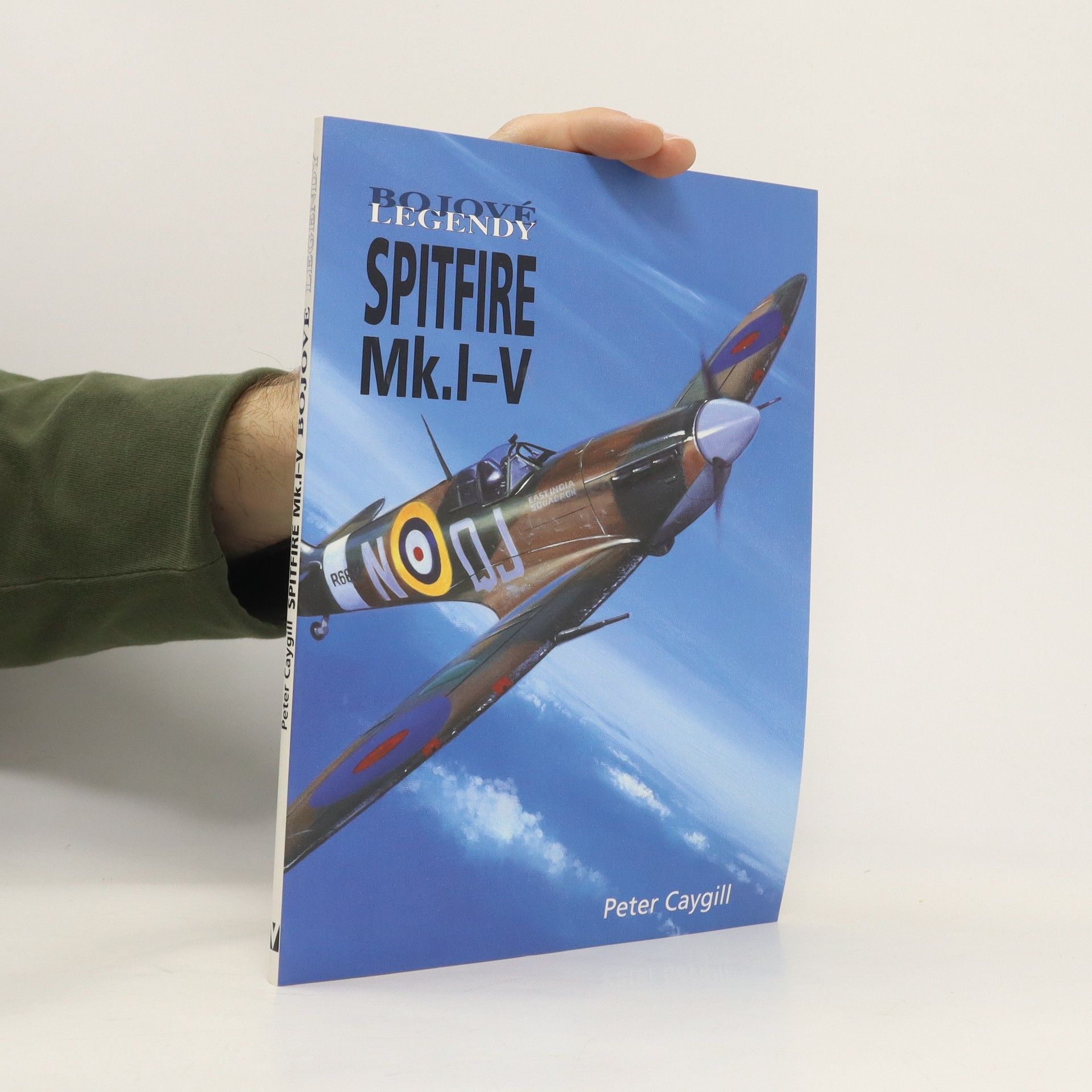Ultimate Spitfires
- 224pages
- 8 heures de lecture
The fastest, highest-flying, longer range marks of WWIIs most famous aeroplane. First-hand accounts of test-flying, combat and chasing V-1s.





The fastest, highest-flying, longer range marks of WWIIs most famous aeroplane. First-hand accounts of test-flying, combat and chasing V-1s.
It is a tribute to the design of the aircraft was called into front-line action during Operation Desert Storm. číst celé
Luftwaffe zařadila stíhačku Fw 190A-1 do výzbroje v roce 1941, což způsobilo paniku mezi spojeneckými leteckými silami, neboť se jejich legendární Spitfire poprvé setkal s protivníkem, který ho předčil prakticky ve všech ohledech. V roce 1944 vstoupil do služby typ Fw 190D-9, považovaný za nejlepší německou pístovou stíhačku, s maximální rychlostí 430 mil za hodinu a výzbrojí tvořenou dvěma kanony a dvěma kulomety. První verze byly poháněny hvězdicovým motorem BMW, ale na konci války byl nahrazen motorem Jumo 213A, schopným dosahovat výkonu až 2240 koní. Stíhací bombardovací verze dokázaly přepravovat až tisíc kilogramů pum. Publikace nabízí vynikající informace pro čtenáře, nadšence a modeláře, kteří hledají stručnou, ale vyčerpávající publikaci o konstrukci a historii letadel. Odpovídá na otázky, proč letadlo vzniklo, jaké mělo výkony v boji a kdo byli lidé, kteří na něm létali. Obsahuje také technická data, zajímavosti a vynikající obrazovou přílohu s barevnými bokorysy a třípohledovými nákresy.
Kniha odhaluje čtenářům podrobnosti o vzniku a vývoji jedné z nejproslulejších válečných stíhaček všech dob. Provází nás celým procesem od prvních nákresů až po válečné nasazení tohoto symbolu britského odhodlání. Dozvíme se kdo stál v pozadí vývoje a zároveň poutavou formou vylíčí řadu detailů a příhod, ke kterým docházelo denně, ale dnes jsou již téměř zapomenuty.
Pokračování knihy Spitfire Mk. I - V stejného autora. V této publikaci pokračuje výčet a popis nejrůznějších verzí slavného stíhacího letounu a čtenář sleduje i poslední nasazení, ke kterým docházelo po celém světě, a to ještě řadu let po skončení 2. světové války.